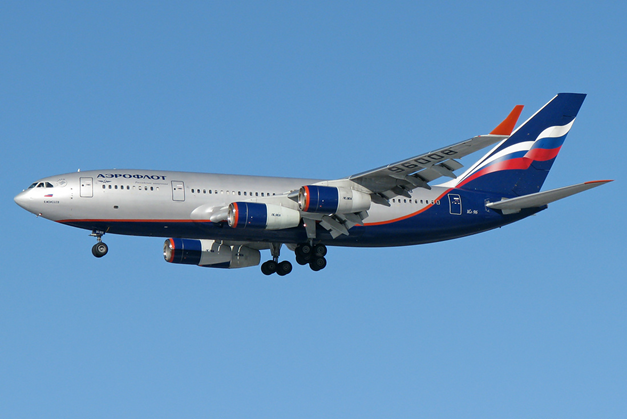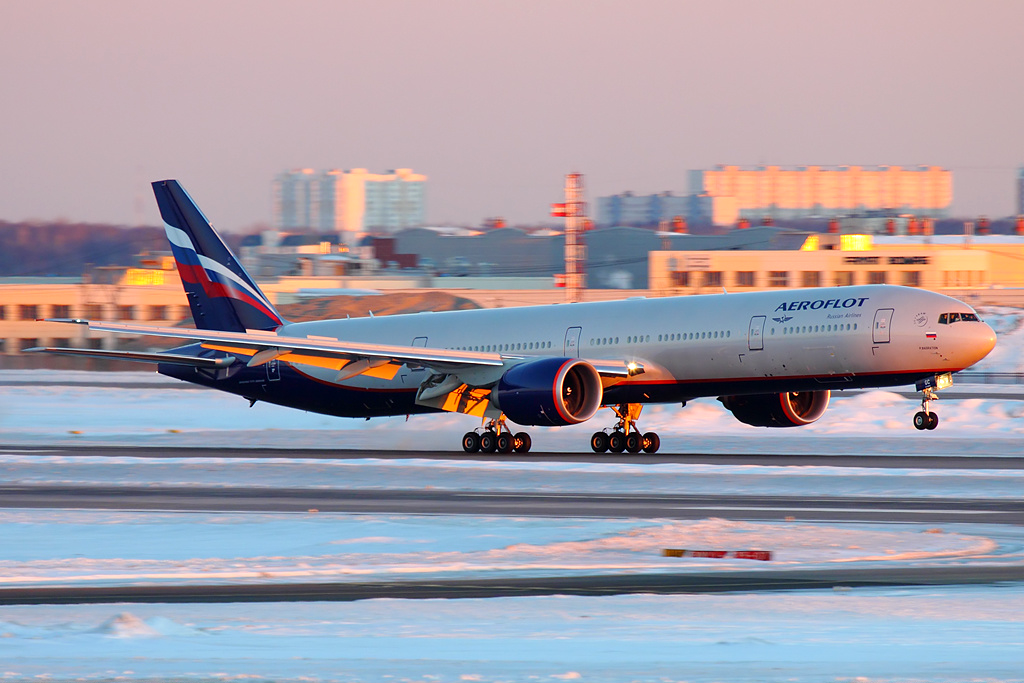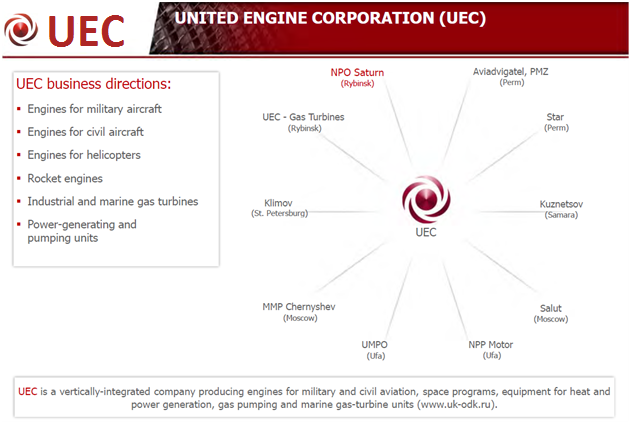Leeham News and Analysis
There's more to real news than a news release.
2019 Outlook: Irkut leads Russia’s airliner industry
By Bjorn Fehrm
Subscription Required
Introduction
January 3, 2019, © Leeham News.: The last year was a quiet year for the airliner side of Irkut Corporation (Irkut). It continued testing its two MC-21 single-aisle airliners and rolled out the third test aircraft.
Behind the scenes, there were larger changes. Irkut was handed the shares of Sukhoi Civil Aircraft Company (SCAC), the designer and producer of the Superjet 100. The move is part of merging the Russian airliner industry into one company.
During 2018, United Aircraft Corporation (UAC), the parent of Irkut and SCAC, started the consolidation by moving all new airliner projects to Irkut, including the CR929 widebody project with China. The consolidation will continue 2019.
Summary:
- Consolidating the disparate airliner projects within UAC makes sense. The competition is International, not Irkut versus Sukhoi, Tupolev or Ilyushin.
- Will this improve the checkered fortunes of Russian airliner business? It’s the right move to get away from 70 years of Soviet isolation and rules of business. But it’s not the last change; more is needed.
- The coming year will be crucial for the SSJ100 to find its model for how to support Western airlines. Interjet went half OK but CityJet didn’t. Will Adria be better?
- It’s also an important flight test year for MC-21, which needs to pick up speed to certificate in 2020.
- The CR929 widebody is now an Irkut project. Will the change improve the chance of keeping the time plan?
MC-21 and C919 compared. Part 3.
By Bjorn Fehrm
Subscription required.
Introduction
June 15, 2017, ©. Leeham Co: We continued the comparison of Irkut’s MC-21 and COMAC’s C919 last week with an analysis of the cabins and systems. The week before, we compared project time plans, structures and aerodynamics.
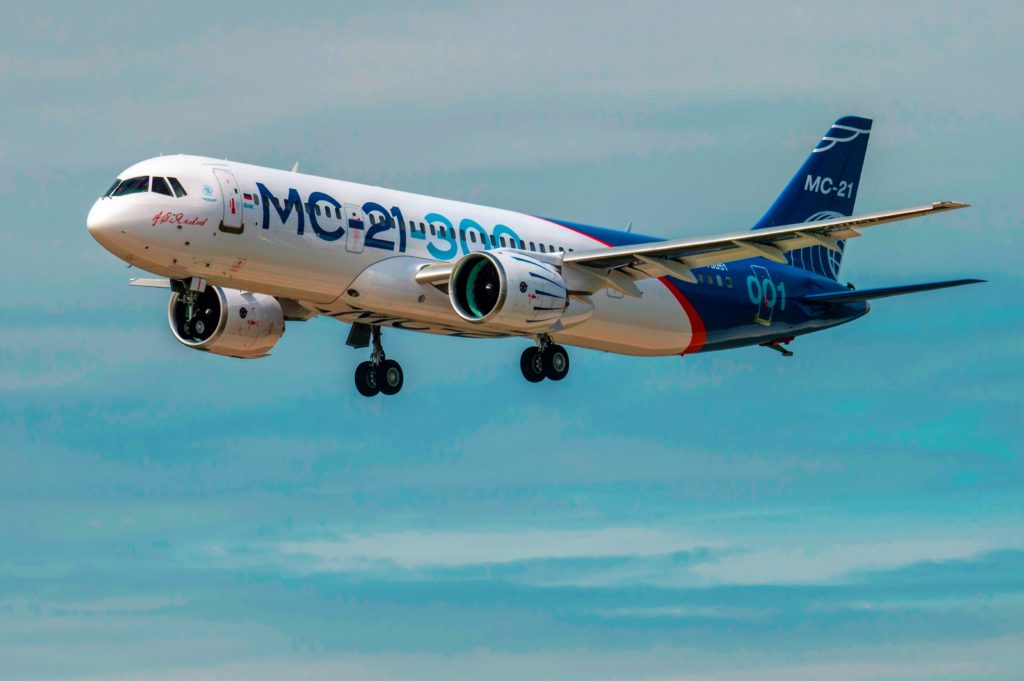 Now we finish with an analysis of the economics of the aircraft.
Now we finish with an analysis of the economics of the aircraft.
Summary:
- The MC-21 is the more advanced aircraft of the two. It uses carbon composites for the wings and empennage.
- Coupled with more refined aerodynamics, the MC-21 offers a higher efficiency than the more classical C919.
MC-21 and C919 compared. Part 2.
By Bjorn Fehrm
Subscription required.
Introduction
June 08, 2017, ©. Leeham Co: We started the comparison of Irkut’s MC-21 and COMAC’s C919 last week. We compared project time plans, structures and aerodynamics.
Now we continue with the comparison of cabin capacities and systems.
Summary:
- The C919 cabin is a slightly longer copy of the Airbus A320 cabin. MC-21 sets new standards for cabins in the single aisle segment.
- Both aircraft use Western systems to ease development and improve in-service reliability.
MC-21 and C919 compared
By Bjorn Fehrm
Subscription required.
Note: With the first flight of the Irkut MC-21 in the weekend, we move the Qantas Ultra Long Haul article Part 2 to a later date.
Introduction
June 01, 2017, ©. Leeham Co: Irkut’s MC-21 and COMAC’s C919 both completed their first flights during last month. Both are new competitors in the market’s hottest segment, that for 150 to 240 seats.
They both challenge the present rulers: Airbus’ A320 and Boeing’s 737 MAX. We made first analysis of the aircraft against their Western competition here, here and here.
We now dig deeper with a direct comparison between the MC-21 and C919 projects.
Summary:
- In the first article, we compare the projects, the structural concepts and the aerodynamics of the MC-21 and C919.
- Follow up articles will compare systems, cabins and overall performance for the aircraft.
Aeroflot, the route to a modern airline, Part 2
By Bjorn Fehrm
April 19, 2017, ©. Leeham Co: In our second article about Aeroflot, the Soviet Union flag carrier that transformed to a modern airline, we will cover the period from the fall of the Soviet Union until 2010.
This was the difficult period for all participants. The old structures no longer existed and were replaced with… nothing, followed by uncertainty and a long struggle to get back to normal.
Aeroflot, the route to a modern airline
By Bjorn Fehrm
April 12, 2017, ©. Leeham Co: Aeroflot, established as the Soviet Union’s flag carrier in 1923, transformed from a state enterprise to a modern airline group after the fall of the Soviet Union in 1991.
The airline is today Europe’s seventh largest airline, two-thirds the size of Turkish Airlines, but having the same fast growth since 2005. We will cover Aeroflot’s journey in a series of articles, starting with the group’s history.
Russian-Chinese wide-body: Program responsibilities
By Bjorn Fehrm
Subscription required.
Introduction
September 29, 2016, ©. Leeham Co: We will now finish our series about the Russian-Chinese wide-body with looking at who will have what role in the program.
As we described in the initial article, “Background and outlook,” Russia and China have vastly different competencies when it comes to making a state of the art wide-body aircraft.
Russia has made airliners since the 1930s, including wide-body jets. China did not design its own jet aircraft (military or civil) until the mid-1980s. Most of the aircraft produced still today in China have their origin in Russian designs.
At the same time, we saw in the article about the market demand for the aircraft that the Chinese market is 90% of the home market. This makes for China demanding important parts of the aircraft’s production, and China has the money to invest in production facilities.
All this will influence how different parts of the project will be shared between Russia’s United Aircraft Corporation (UAC) and Commercial Aircraft Corporation of China (COMAC).
Summary:
- Russia and China enter the wide-body project with widely different knowledge bases.
- Russia has long time knowledge on how to develop and produce aircraft and their engines.
- China on the other hand has the market for the aircraft.
- China also know a lot about serial production and have money to invest. Read more
Bjorn’s Corner; The Russian civil aircraft engine companies
September 23, 2016, ©. Leeham Co: In our Corners on East bloc aeronautical industries, we now look at the main Russian civil aircraft engine companies. As with the aircraft side, there is one overall Russian engine company since 2008, United Engine Corporation (UEC), Figure 1.
This is a state-owned holding which incorporates 80%of the gas turbine engine companies from the Soviet times, employing 80,000 people.
The aim is to coordinate and optimize Russia’s engineering and production resources around present and future gas turbine engines for Aeronautical, Naval and Stationary use.
Soviet and Russian engines have historically been named after their chief designer in the design bureau. We will now describe the main entities in UEC that work with airliner engines. Read more
Bjorn’s Corner; The Russian civil aircraft companies
 September 16, 2016, ©. Leeham Co: In our Corners on East bloc aeronautical industries, we will now look at the main Russian civil aircraft companies. There is one overall company since 2006, United Aircraft Corporation (UAC).
September 16, 2016, ©. Leeham Co: In our Corners on East bloc aeronautical industries, we will now look at the main Russian civil aircraft companies. There is one overall company since 2006, United Aircraft Corporation (UAC).
This is a state-owned holding which incorporates 30 of the main companies from the Soviet times, employing 100,000 people. The aim is to coordinate and optimize Russia’s project and production resources around the present aircraft and the future projects that Russia can afford to drive.
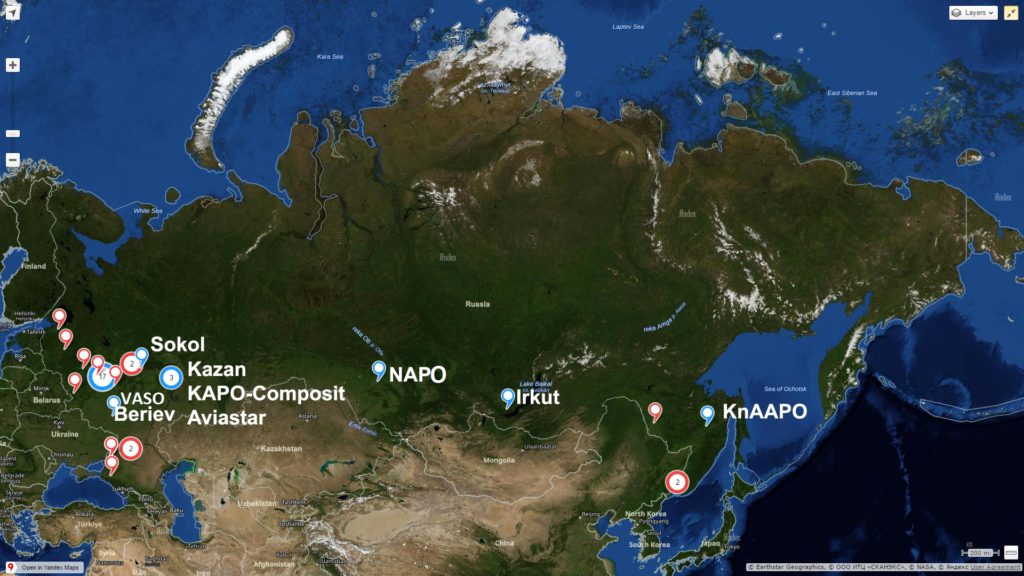
Figure 1. Map of UAC Companies in Russia outside of Moscow region. Red markers are MRO. Source: UAC.
UAC consolidates several company groups that were formed after the fall of the Soviet Union 1990 and up to the formation of UAC in February 2006.
We will now dissect the main UAC groups and companies that are involved in civil aircraft development and production. Read more
Russian-Chinese wide-body: The aircraft, Part 4
By Bjorn Fehrm
Subscription required.
Introduction
September 15, 2016, ©. Leeham Co: In Part 3 of this series, we identified the type and size of wing we would have on a new Russian-Chinese wide-body. It’s now time to go through all the considerations around the engines for the aircraft.
The aircraft would enter the market around 2025. We would have to decide on what size engine that would be needed, what engines would be available at the time and could this project motivate any new engine developments.
Summary:
- The Russian-Chinese wide-body as outlined would require engines in the size class of the Boeing 787-9/10.
- GE and Rolls-Royce have been mentioned as engine suppliers. The question would be: will they offer updated 787 engines or new designs and will Russia compete with its announced engine project for the aircraft?


